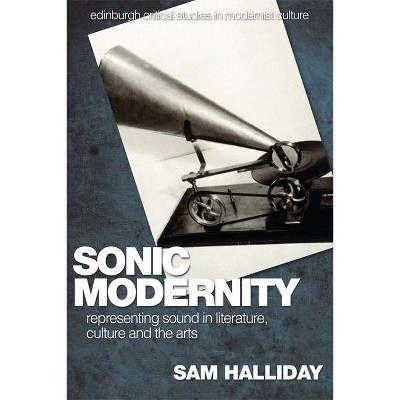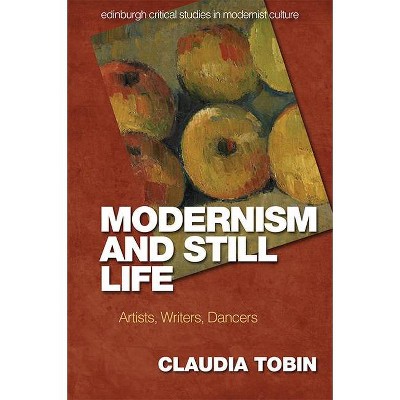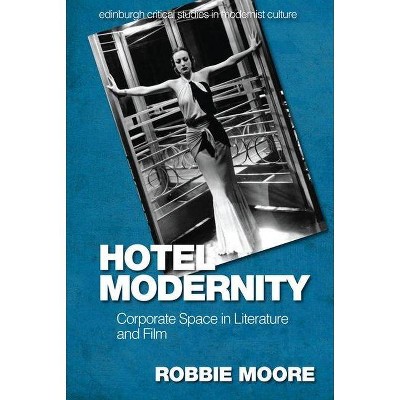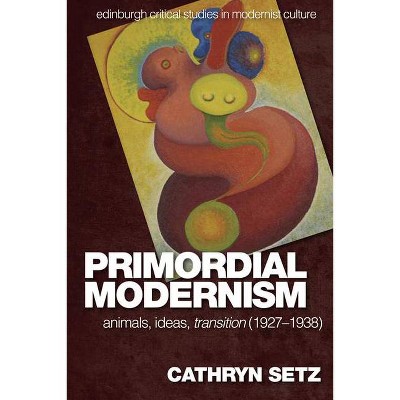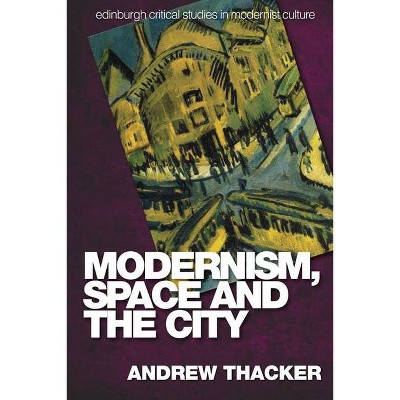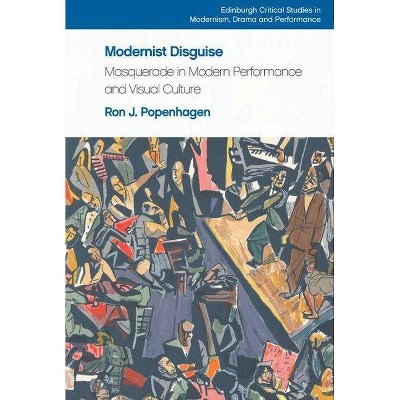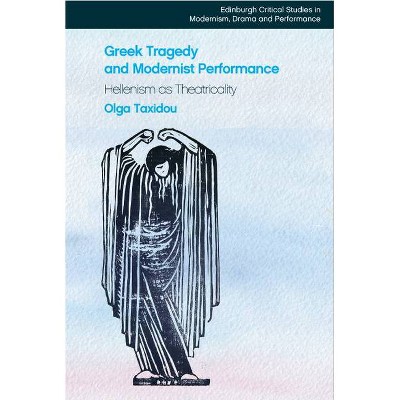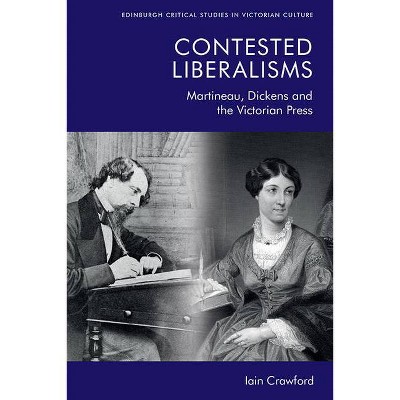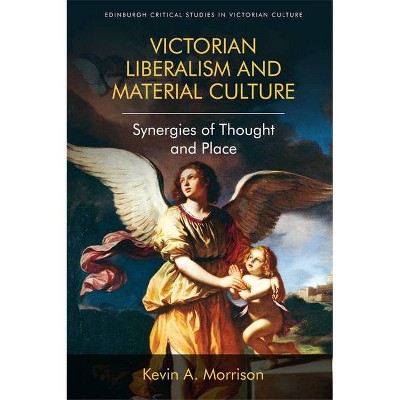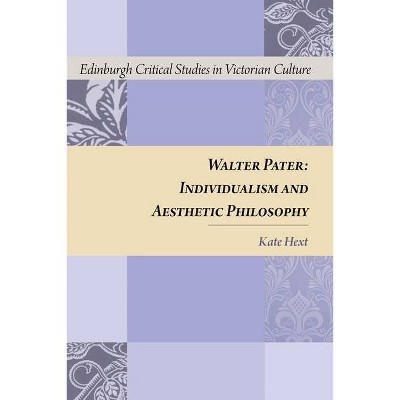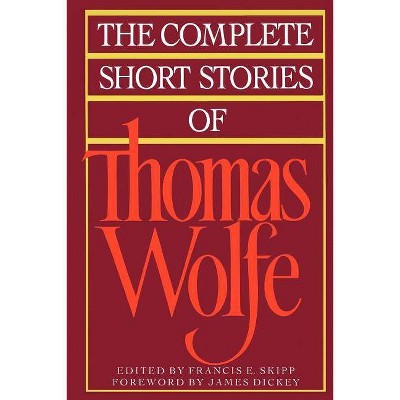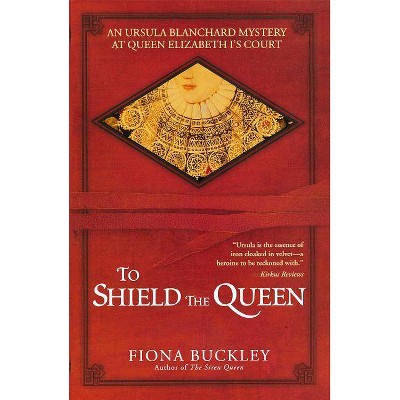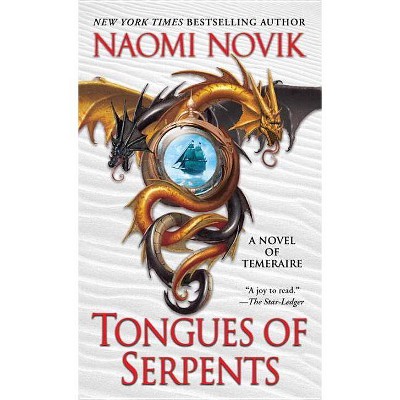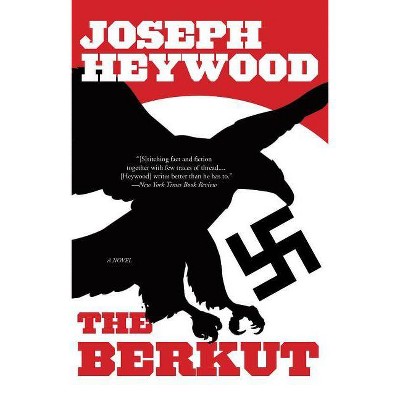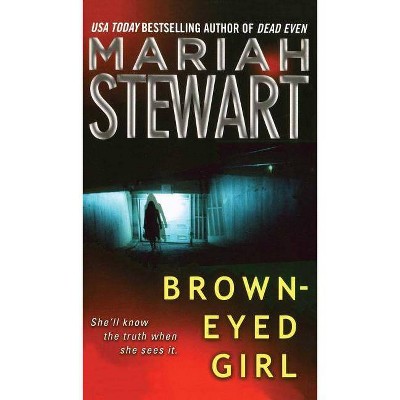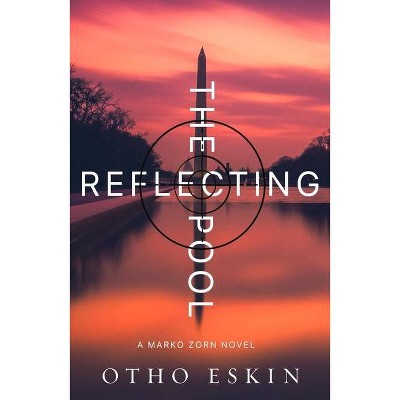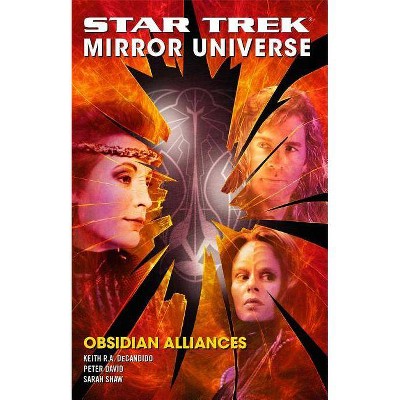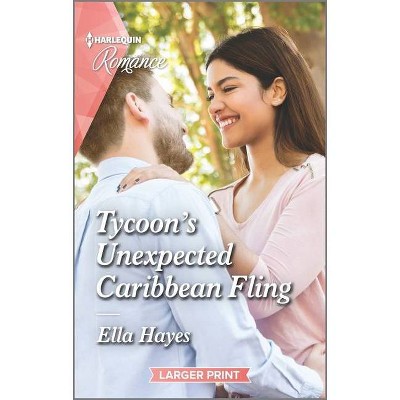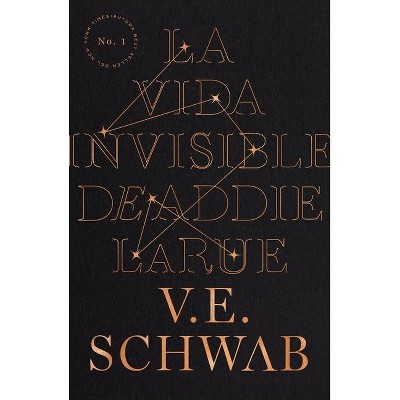Modernist Life Histories - (Edinburgh Critical Studies in Modernist Culture) by Daniel Aureliano Newman (Paperback)
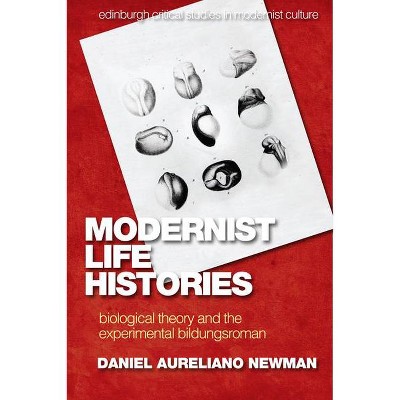
Similar Products
Products of same category from the store
AllProduct info
<p/><br></br><p><b> About the Book </b></p></br></br><p><em>Modernist Life Histories</em> explores how new models of embryonic development helped inspire new kinds of coming-of-age plots during the first half of the twentieth century. </p><p/><br></br><p><b> Book Synopsis </b></p></br></br><p><strong>Reflects contemporary paradigm shifts in embryology and evolutionary theory through formal experimentation in the modernist Bildungsroman</strong></p> <p><em>Modernist Life Histories</em> explores how new models of embryonic development helped inspire new kinds of coming-of-age plots during the first half of the twentieth century. Focusing on novels by E. M. Forster, James Joyce, Virginia Woolf, Aldous Huxley and Samuel Beckett, the book links narrative experiments with shuffled chronology, repeated beginnings and sex change to new discoveries in the biological sciences. It also reveals new connections between the so-called Two Cultures by highlighting how scientific ideas and narratives enter the literary realm.</p> <p><strong>Key Features</strong></p> <ul> <li>Provides a unique perspective on the <i>Bildungsroman</i> (novel of formation), one of the most discussed genres in recent scholarly work on modernism</li> <li>Approaches the study of science and literature with exceptionally close attention to the details of scientific models, their cultural appropriations, and their political implications</li> <li>Makes the first thoroughgoing argument for twentieth-century biology as a positive influence on modernist poetics and ethics</li> <li>Models how narrative theory can serve the goals of interdisciplinary research</li> <p></p></ul><p/><br></br><p><b> From the Back Cover </b></p></br></br>Reflects contemporary paradigm shifts in embryology and evolutionary theory through formal experimentation in the modernist Bildungsroman Modernist Life Histories explores how new models of embryonic development helped inspire new kinds of coming-of-age plots during the first half of the twentieth century. Focusing on novels by E. M. Forster, James Joyce, Virginia Woolf, Aldous Huxley and Samuel Beckett, the book links narrative experiments with shuffled chronology, repeated beginnings and sex change to new discoveries in the biological sciences. It also reveals new connections between the so-called Two Cultures by highlighting how scientific ideas and narratives enter the literary realm. Daniel Aureliano Newman is Instructor at the Graduate Centre for Academic Communication, University of Toronto.<p/><br></br><p><b> About the Author </b></p></br></br><p>Trained in biology, Daniel Aureliano Newman researches and teaches modern and contemporary literature, with a focus on Literature & Science and narrative theory. His research has appeared in several literary and scientific journals including <i>Style</i>, <i>Journal of Narrative Studies</i>, <i>Twentieth-Century Literature</i>, <i>Oikos</i> and <i>American Journal of Botany</i>.<p>
Price History
Price Archive shows prices from various stores, lets you see history and find the cheapest. There is no actual sale on the website. For all support, inquiry and suggestion messagescommunication@pricearchive.us
